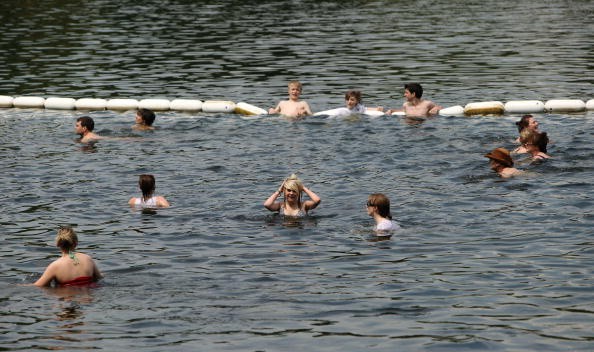Scientists at the Union of Concerned Scientists (UCS) and National Jewish Health published Research findings on the 13th of September in the Journal of Exposure Science and Environmental Epidemiology which show that climate change has boosted ground-level ozone - a respiratory irritant that is affecting Colorado residents.

High Temperature
Climate change from the 1950's to 2019 brought about higher temperatures and has increased the development of ground-level ozone in the Denver Metro region, slowing down the ability of the region to reach national ozone standards. And also putting more public health issues on residents, mostly those individuals inhabiting Latinx neighborhoods and areas with increased rates of diabetes and asthma.
This pollutant - ground-level ozone - is a public health issue that can aggravate chronic respiratory diseases and disturb the function of the human lungs.
The information in this recent research could assist communities in bracing for potential impacts of climate change and access public health services so that they can manage the harm that ozone pollution has already triggered.
James L. Crooks, Ph.D., who is a researcher at National Jewish Health said: "Climate change has sped up ozone production and will continue to make the problem worse until we reduce heat-trapping emissions. Climate change is already upon us and we can already detect its influence on the Front Range's ozone problem."
How is Ground-level Ozone Formed?
Ground-level ozone is a secondary pollutant that is highly reactive. This pollutant is formed when primary pollutants including nitrogen oxides and hydrocarbons, react with sunlight. Ozone irritates human lungs and is a primary component of photochemical smog.
Ground level ozone is what gives photochemical smog the unpleasant odor it has and can bring about lung function difficulties, mostly in young children.
When a chemical reaction between volatile organic compounds and nitrogen oxides occurs, ground-level ozone is produced. The catalysts to this reaction is the sun and high temperatures. This makes the production of this gas within warm, urban cities which are very populated a frequent occurrence.

High Levels of Ozone
However, since ozone needs some time for its form, it will not always remain within these cities. The pollutants may carry down-wind before ozone starts its formation, therefore small regions and rural populations may also witness high levels of ozone.
Hydrocarbon combustion in factories, cars, and power plants produces pollutants accountable for the formation of ozone. Within cities, cars can make up close to 90% of these pollutants.
VOCs and Nitrogen oxides are made in the morning by vehicles going to work, and ozone is produced not too long after this, usually in the afternoon. Since pollutants could possibly flow down-wind from the place they are produced, the ozone can make its way all over the globe and be generated in safer quantities.
Related Article: Study: Global Temperatures Will Rise By 2 Degrees Due to Gases Released
For more new, updates about heat waves and similar topics don't forget to follow Nature World News!
© 2025 NatureWorldNews.com All rights reserved. Do not reproduce without permission.





